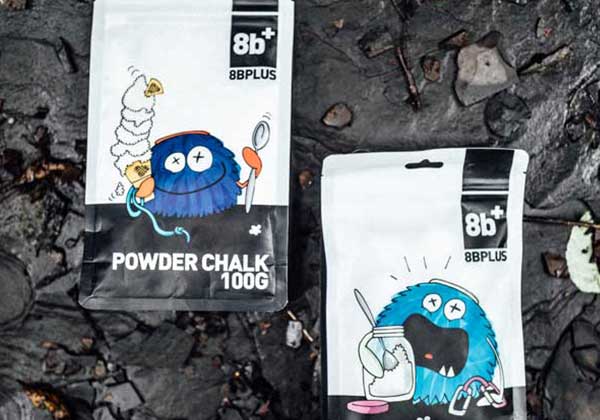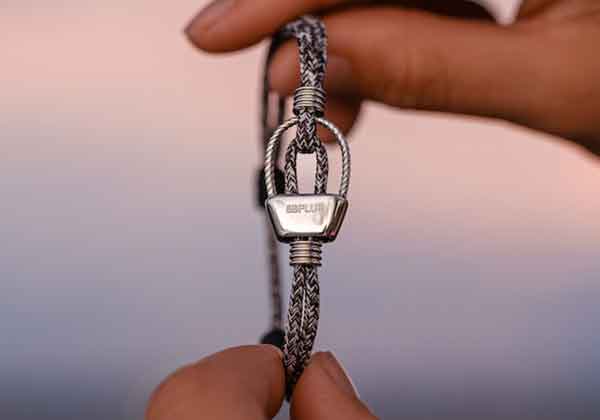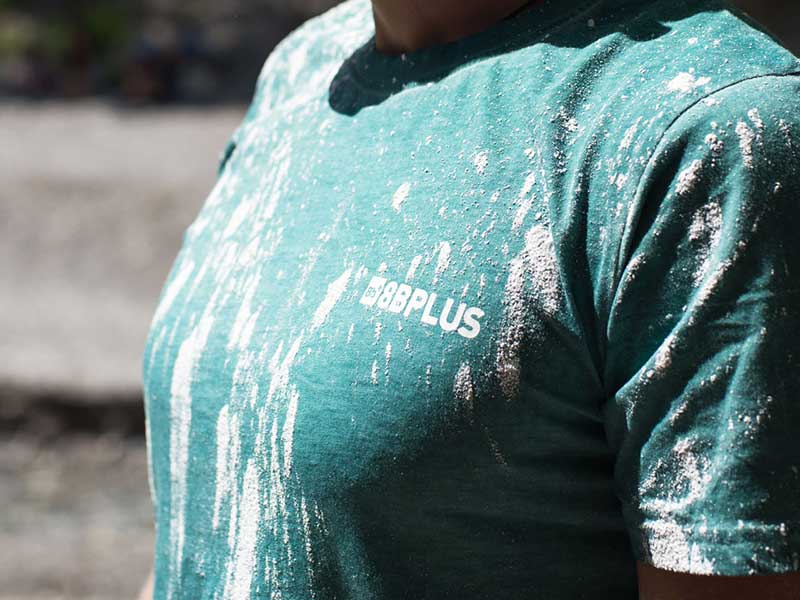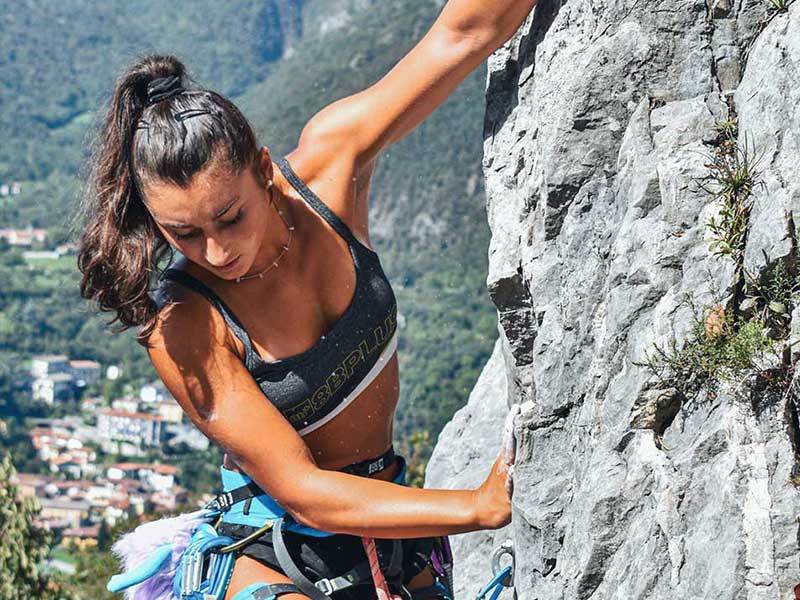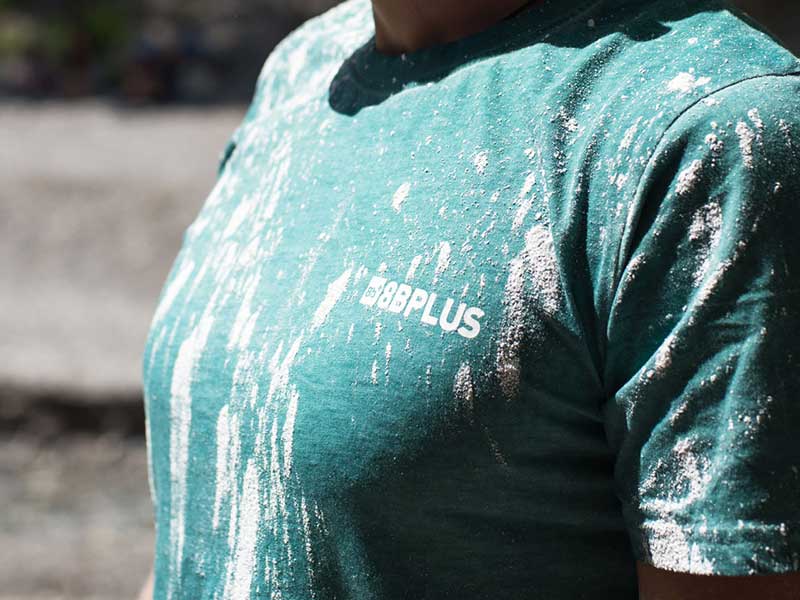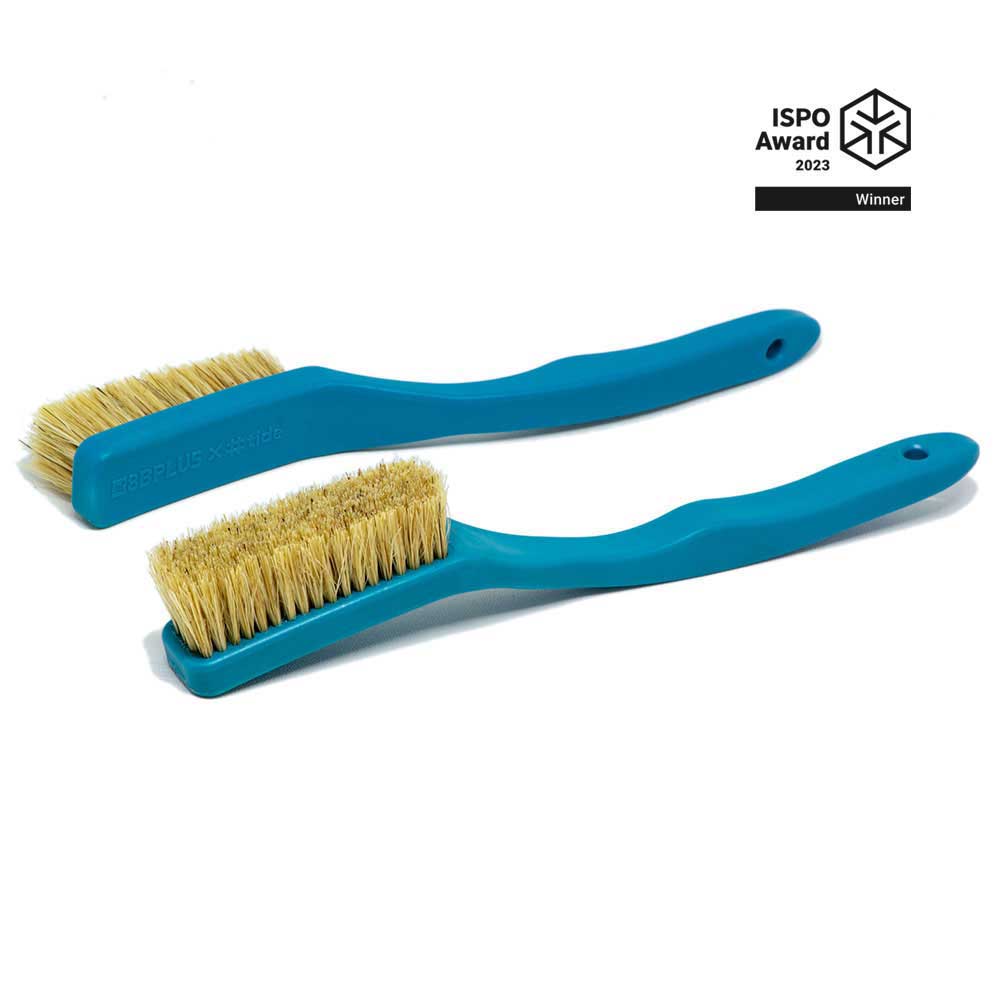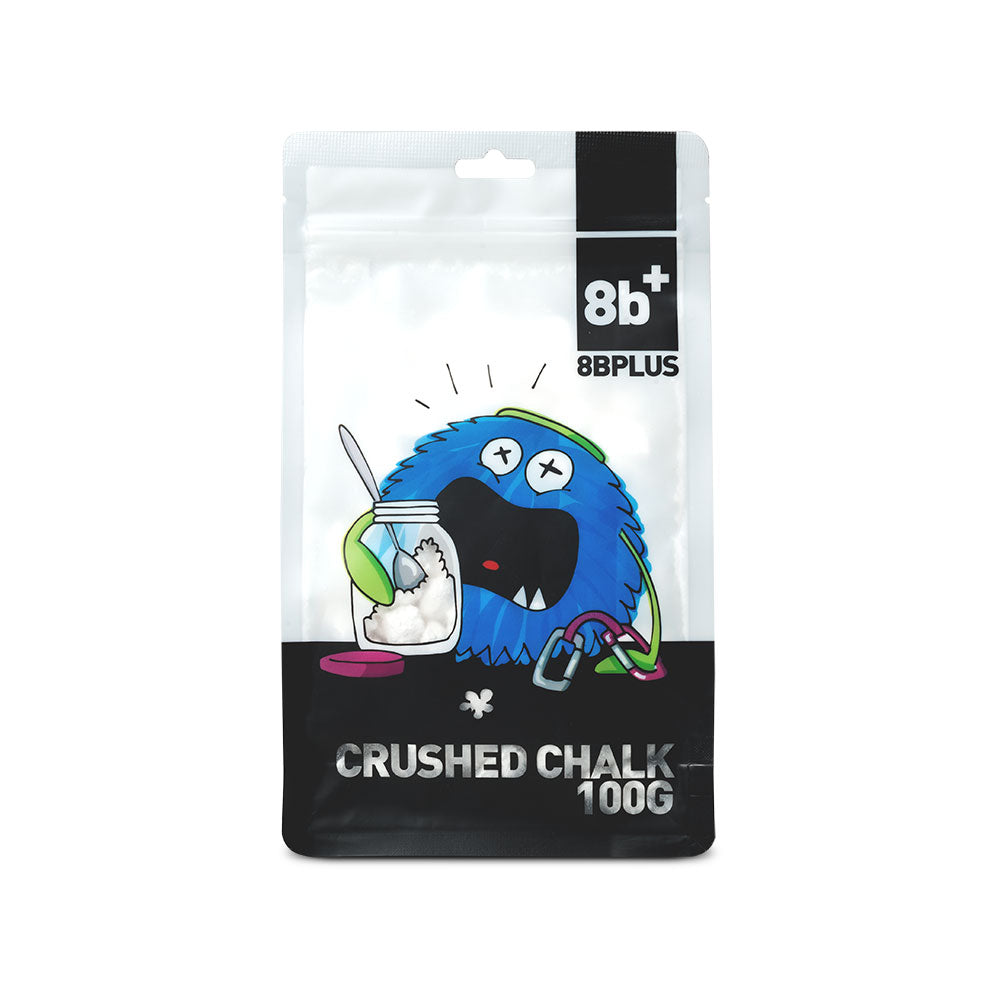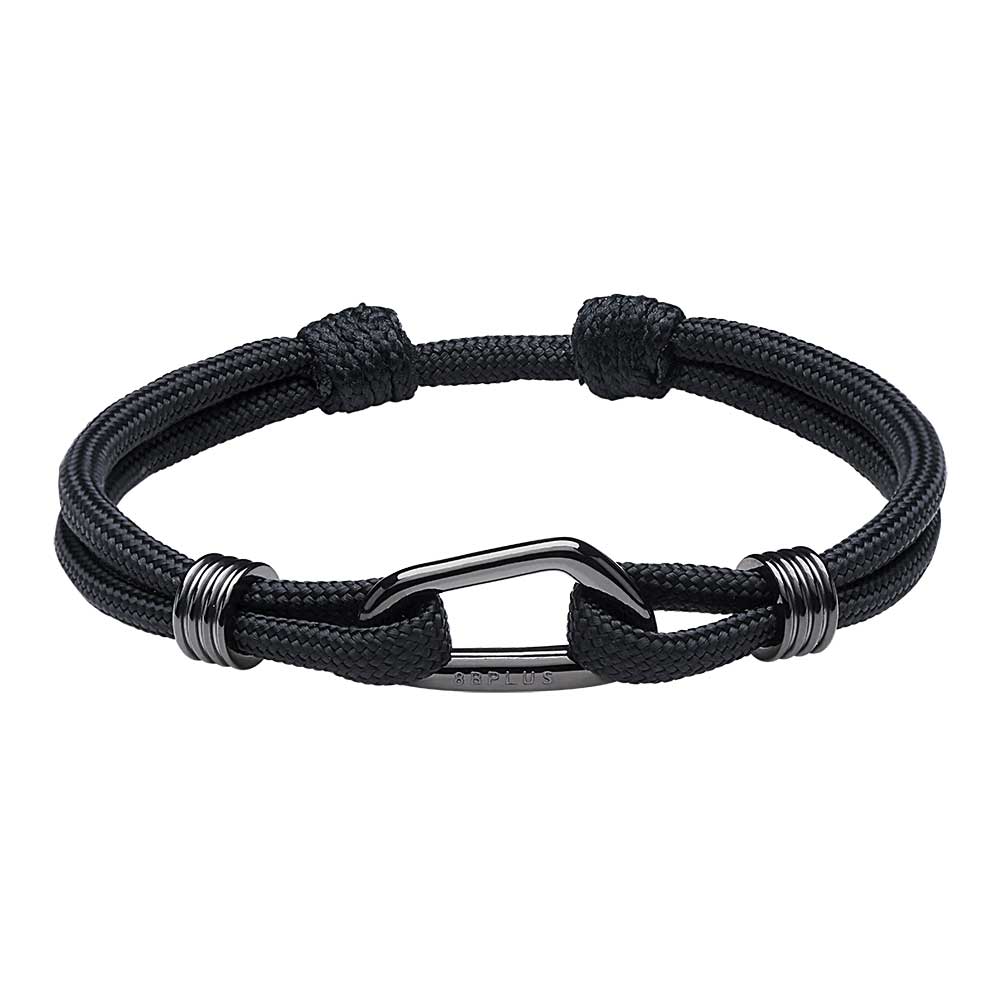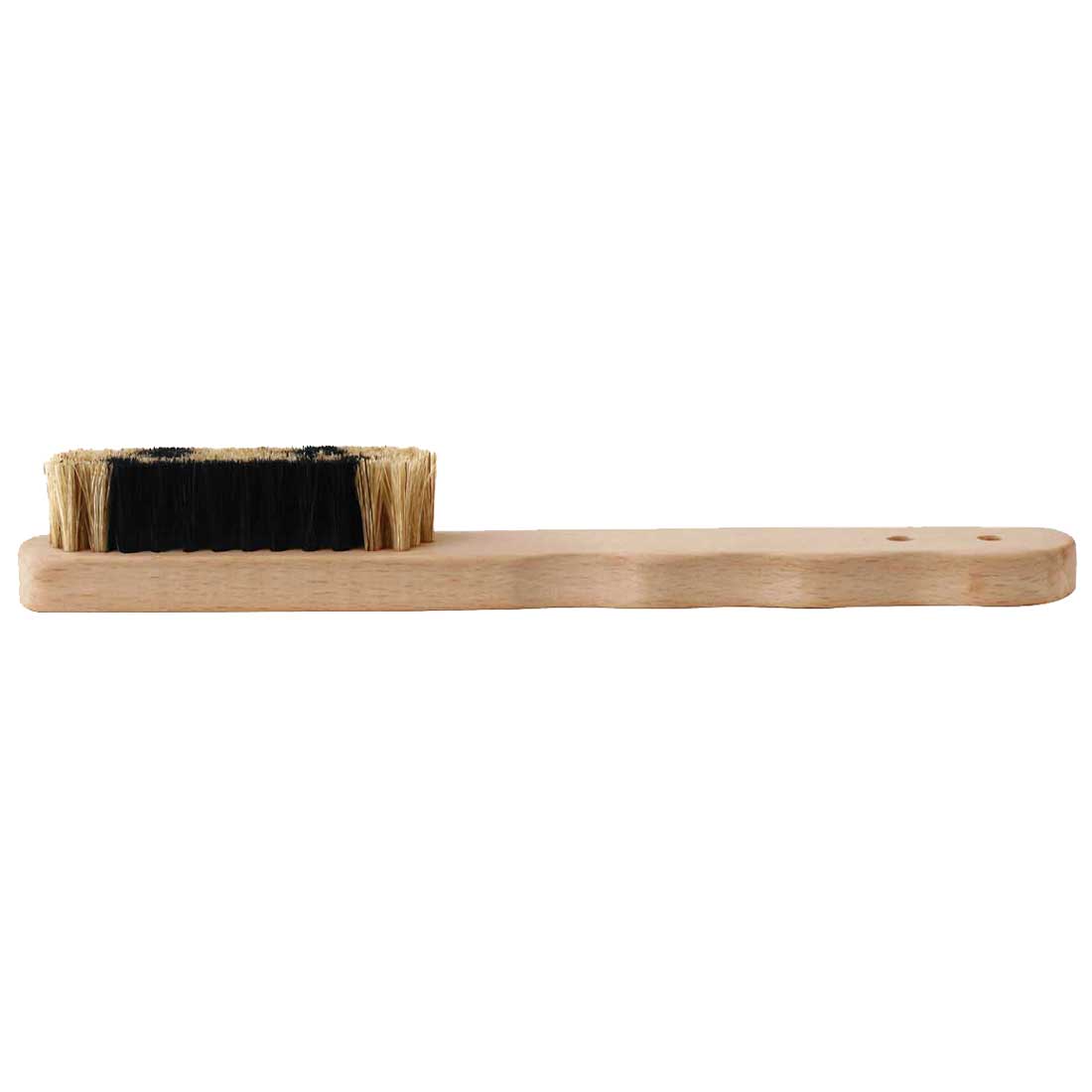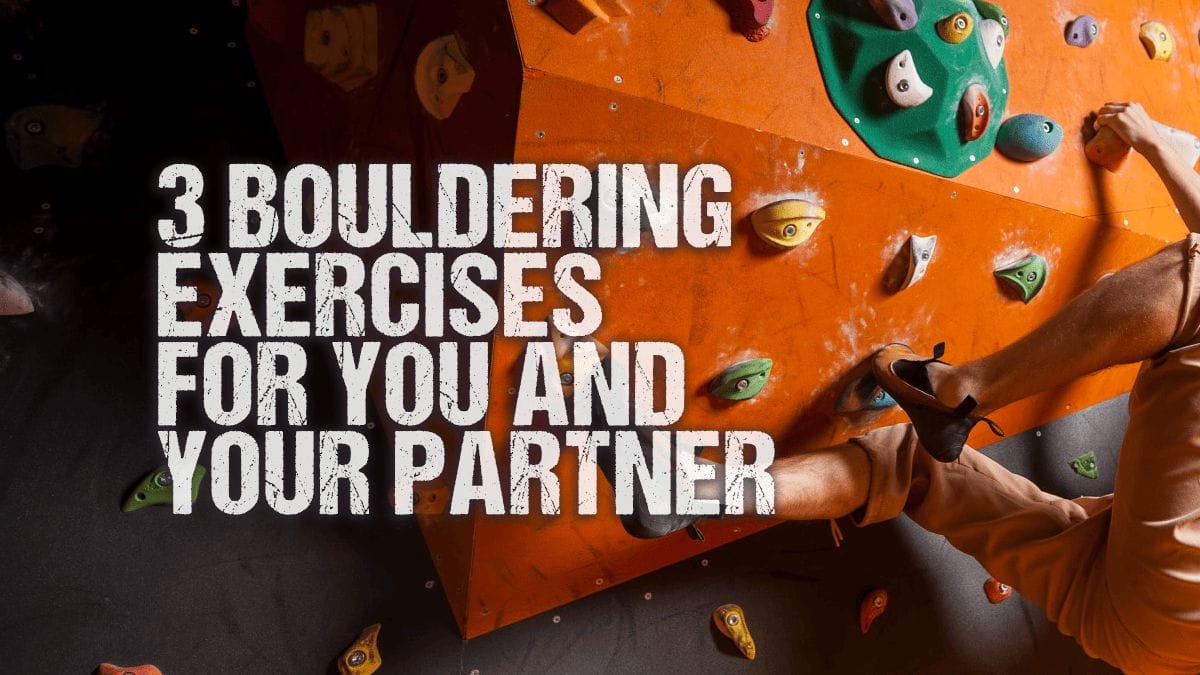
3 Bouldering Exercises for You and Your Partner
Training on your own is doable, but training with friends or your partner makes the experience much more enjoyable. So, grab your partner and head to the climbing gym. We’ve selected our three favorite bouldering exercises for you and your partner to perform at the gym.
Be warned, though, some of these drills may require intense competition, and we claim no responsibility for relationship troubles arising from losses versus victories.
Partner Bouldering Exercises
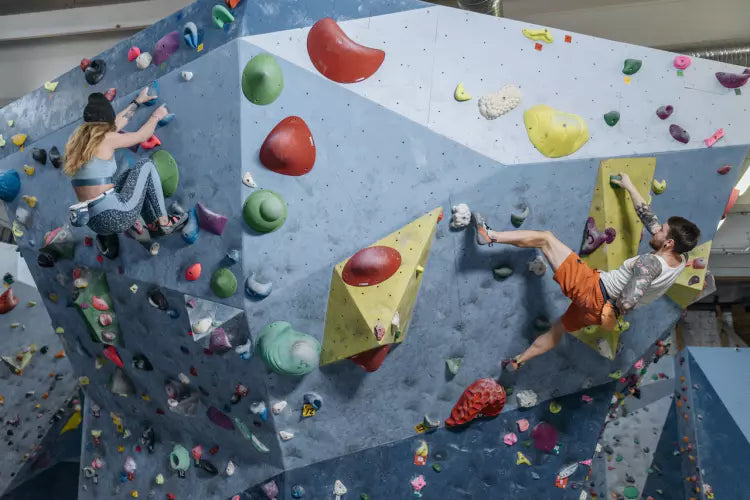
Stoplight Drill
The Stoplight drill is similar to the children’s game Red-light, Green-light. Start by picking a climb that is doable but moderately difficult. You and your partner do not have to choose the same boulders.
While climbing, your partner has three commands they can call out to you: green light, yellow light, and red light. Depending on the command they call, you must climb in the following manner:
- Green-light: climb normally
- Yellow light: move as slowly and controlled as possible.
- Red light: stop where you are on the wall and hold that position until your partner issues another command. (Yes, if your feet are not on the wall, you must leave them off.)
Feel free to be as cruel as you wish to your partner, but remember, what goes around comes around.
Points Game
That is a great game to play on a fresh boulder set, but you can do it on any array of boulders and still have fun. The overall idea is to alternate picking boulders with your partner. The boulders should be at a grade you know you can climb within a few tries, not something that takes weeks to project. (However, this game is a competition, so we assume no responsibility if your partner is mean and chooses climbs that are your anti-style.)
For each boulder, you and your partner have one try to reach the top. If you do, you get the point. However, if your partner also completes the climb, the points nullify for that round. The only way to secure a point is to do the boulder, but your partner doesn’t.
Additionally, if you are the first climber to try the boulder, you get a second attempt after your partner has gone.
We know that not all climbing partners are necessarily at the same level with their climbing, so we have a few modifications for you to incorporate if needed. If you climb lower grades than your partner, pick climbs within your capability. However, for your partner to earn a point implement one or multiple of the following restrictions to make it harder for them.
Modifications
Eliminate holds, so they can’t use every hold on the climb.
Require them to climb in regular sneakers or approach shoes.
Require them to climb up and down the problem.
When your partner goes, they can pick the more challenging climbs at their level. But, they have to identify a wh ⅓-½ way up the wall that, if you get to it, is worth 1 point. If you make it to the top of the more challenging climb, you get 2 points. You can also do a 1-point hold, 2-point hold, and 3-point finish if needed.
Flash or Trash
You and your partner should do this drill on a set of boulders you have yet to climb. Start with the lowest-difficulty climbs and work your way up to the most challenging climbs. The caveat, you and your partner only have one go each per climb. If you don’t send the problem on your first go (flash it), you cannot try it again (you must trash it) and must move on. Whoever flashes the most climbs by the end of the session wins.
Like Points Game, there are modifications that you can add in if you and your partner climb at different levels. As always, feel free to make up any adjustments of your own, but we’ve also selected a few modifications if you need some ideas.
Modifications
Once the climbs reach a level above one partner’s ability but within the other’s, pick a hold part of the way up the climb that counts as a “flash” for the partner who may not be able to complete climbs of that difficulty yet.
Add a bonus attempt (or 2) on the trashed climbs. The partner who struggles on the more challenging climbs can return to those “trashed” climbs while the other partner attempts to flash the boulders of greater difficulty. If the partner retrying the “trashed” climbs finishes it, they can still count it as a “flash.”
Hopefully, these drills are challenging and fun and provide an adequate workout for you and your partner. Feel free to modify as necessary while keeping the original concept of the drill. Let us know in the comments below if you have a favorite among these three drills, and let us know if you come up with any other fun modifications!




